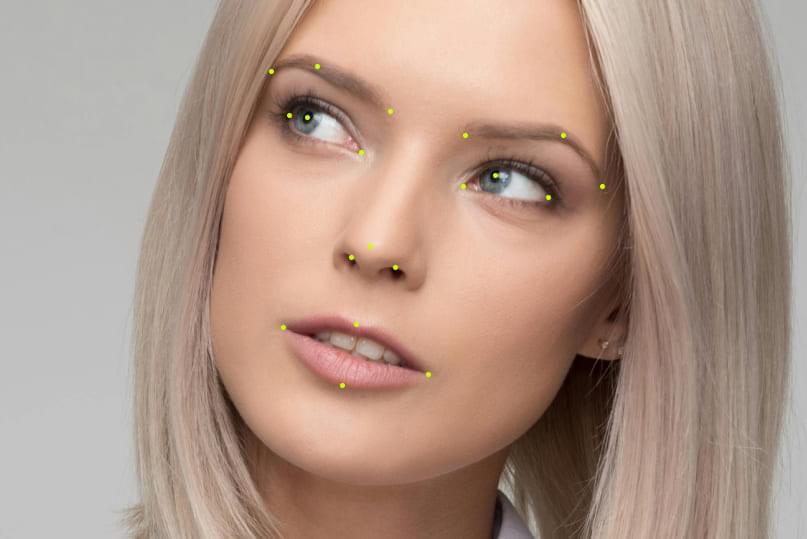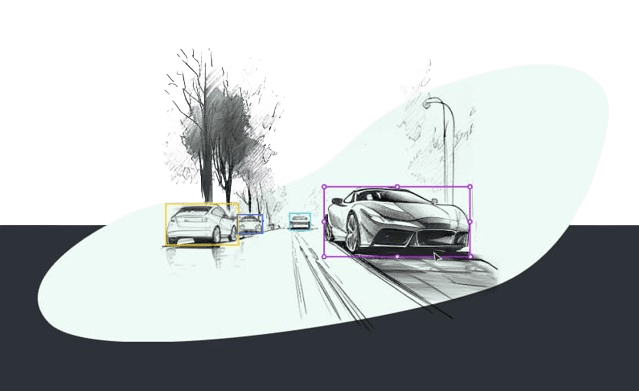🍪 We use third party cookies to personalize content, ads and analyze site traffic. Learn more
Why
Keymakr?
Keymakr?
Keylabs
annotation platform
70%
more cost effective
4 Layers
of quality assurance
Annotation
experts
24/7
Customer support























